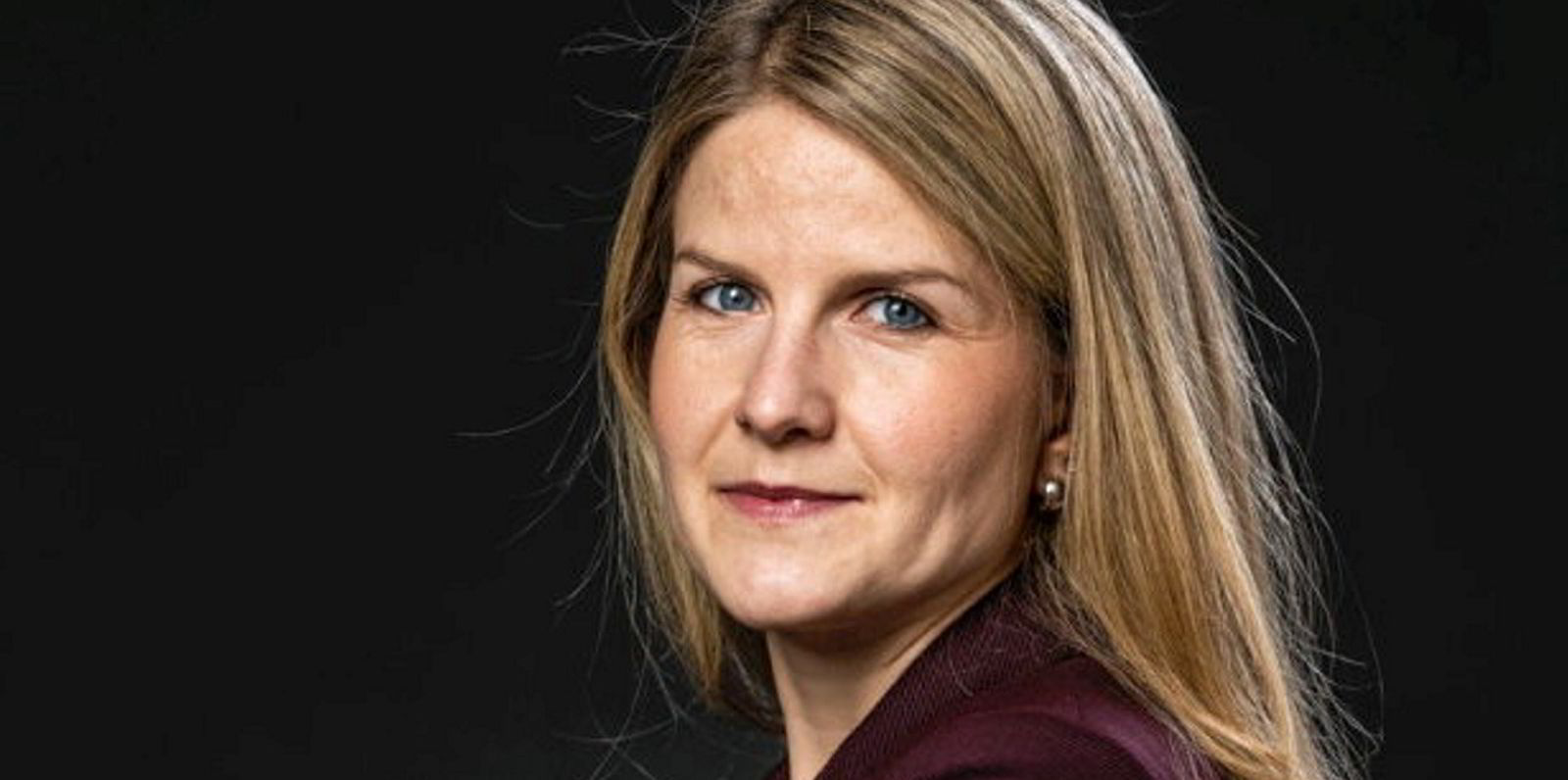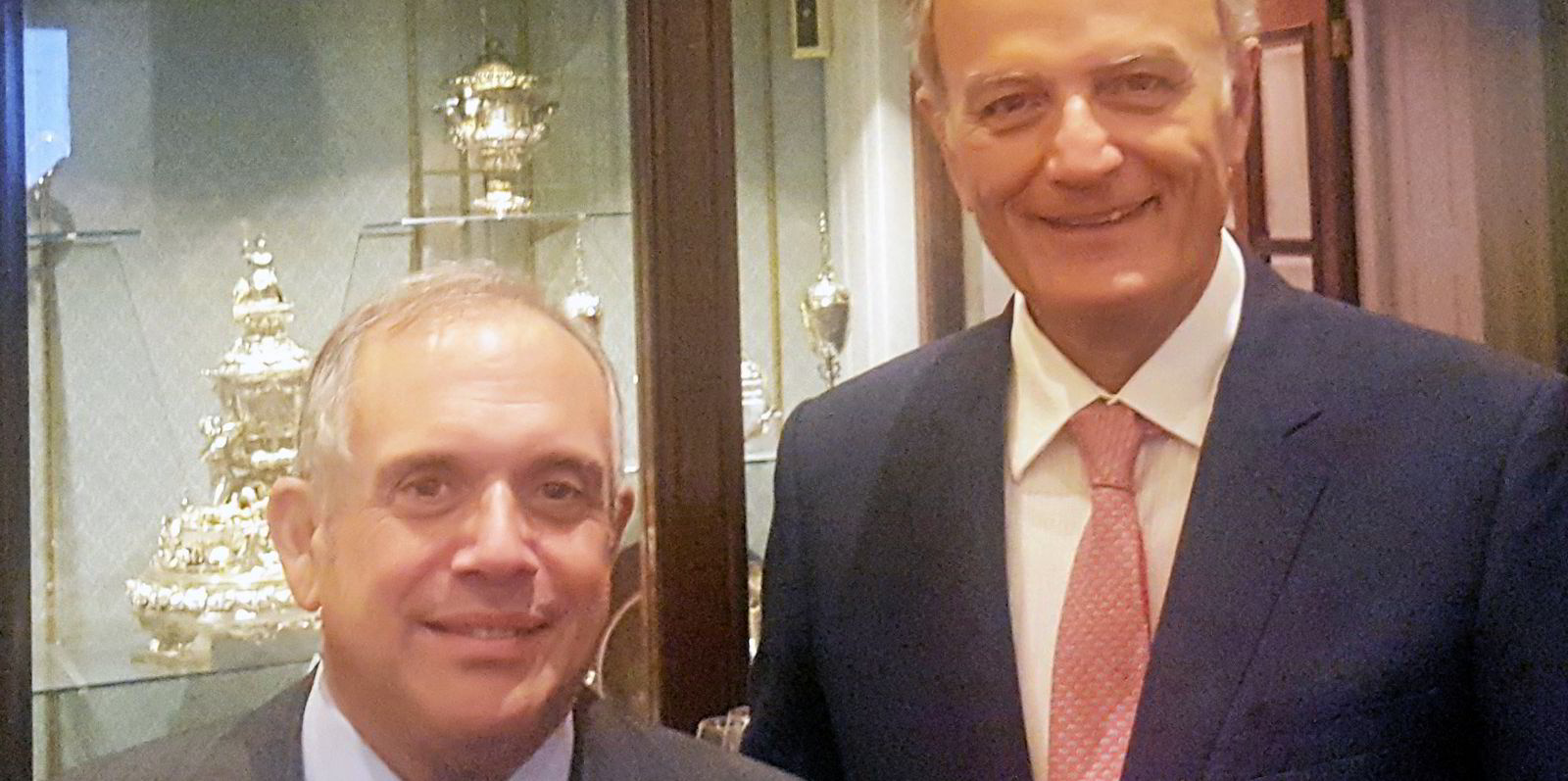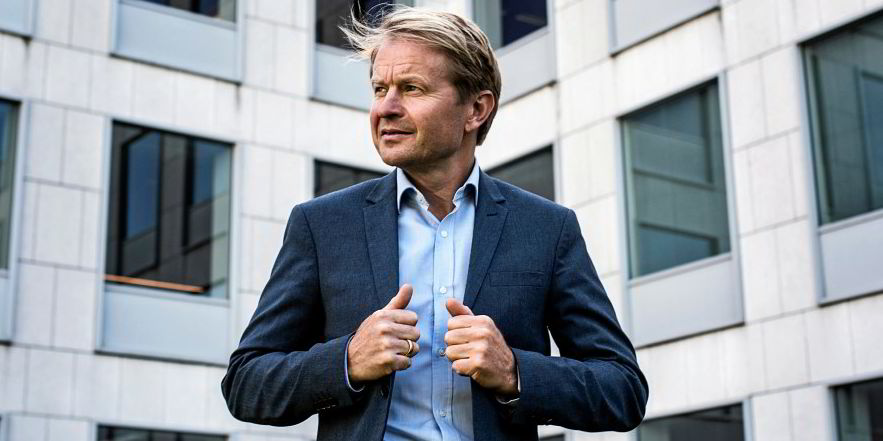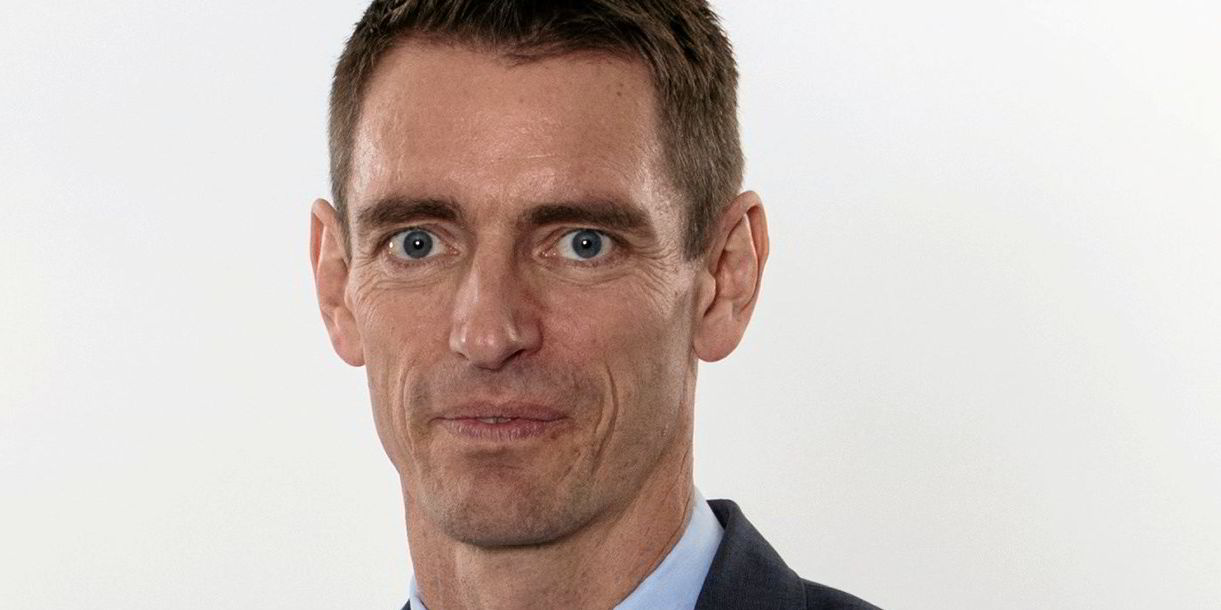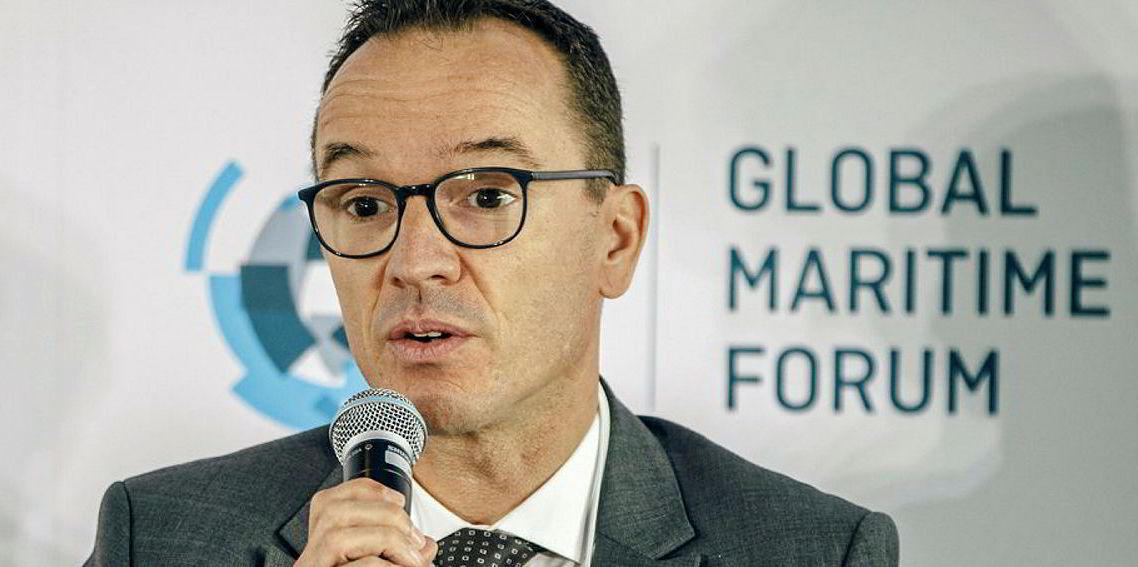Emissions reduction is proving a real “prisoner’s dilemma” for shipping, according to Ingrid Kylstad.
The sustainability lead at decarbonisation company ZeroLab by Klaveness believes individual companies always have an incentive to choose paths that harm the collective good.
In an essay, she compares the sector’s problem to the game theory first framed by Merrill Flood and Melvin Dresher at RAND Corp in the US in the 1950s.
This showed why two rational individuals might not cooperate, even if it appears that it is in their best interests.
Kylstad analyses how the industry can overcome this dilemma.
“Economic theory teaches us that regulation is one way out of the prison: by altering present-day incentives, behaviour can shift rapidly,” she said.
“Unfortunately, this is not happening fast enough.”
Six years after Paris Agreement was signed in 2015, the IMO has yet to formalise a target that would align shipping with carbon neutrality by 2050, she argues.
Kylstad said that when institutionalised regulation is lacking, another way out of the prison is to develop strategies that reward collaboration.
“In Klaveness, we are dedicating ourselves to creating products and business models allowing stakeholders in the shipping value chain to collaborate on emission reductions,” she added.
Working together can help address the risks of being a front-runner, the sustainability expert believes.
Insetting, not offsetting
The two main approaches that are emerging are high-quality carbon credits and a rejig of the established bunker adjustment clause.
The voluntary carbon market can be a powerful tool for shipping decarbonisation if it supports the right projects, Kylstad argues.
Klaveness prefers to see insetting rather than offsetting. The former refers to projects in the relevant supply chain, rather than those outside the sector.
A cargo owner can then legitimately claim supply chain emission reductions in terms of third-party Scope 3 measurements, even if the cargo was not carried on the ship that realised the benefits, Kylstad said.
“The concept is of particular significance for environmental upgrades of the existing fleet and for fuel switching,” she added.
The carbon-emission adjustment factor (CEAF) in contracts is another important tool.
“Very often, the decarbonisation discussion in shipping focuses on the endgame: how will we design zero-emission vessels? When will alternative fuels become available?” she said.
This ignores the significant emission reductions that can be obtained through greater focus on operational improvements today, Kylstad argues.
The CEAF clause should incentivise the operator to meet a pre-agreed emission target and, conversely, result in reduced freight if the emissions are higher.
“To accelerate the decarbonisation of shipping, formal regulation is key. In the meantime, collaborative business models are a place to start,” she concluded.
